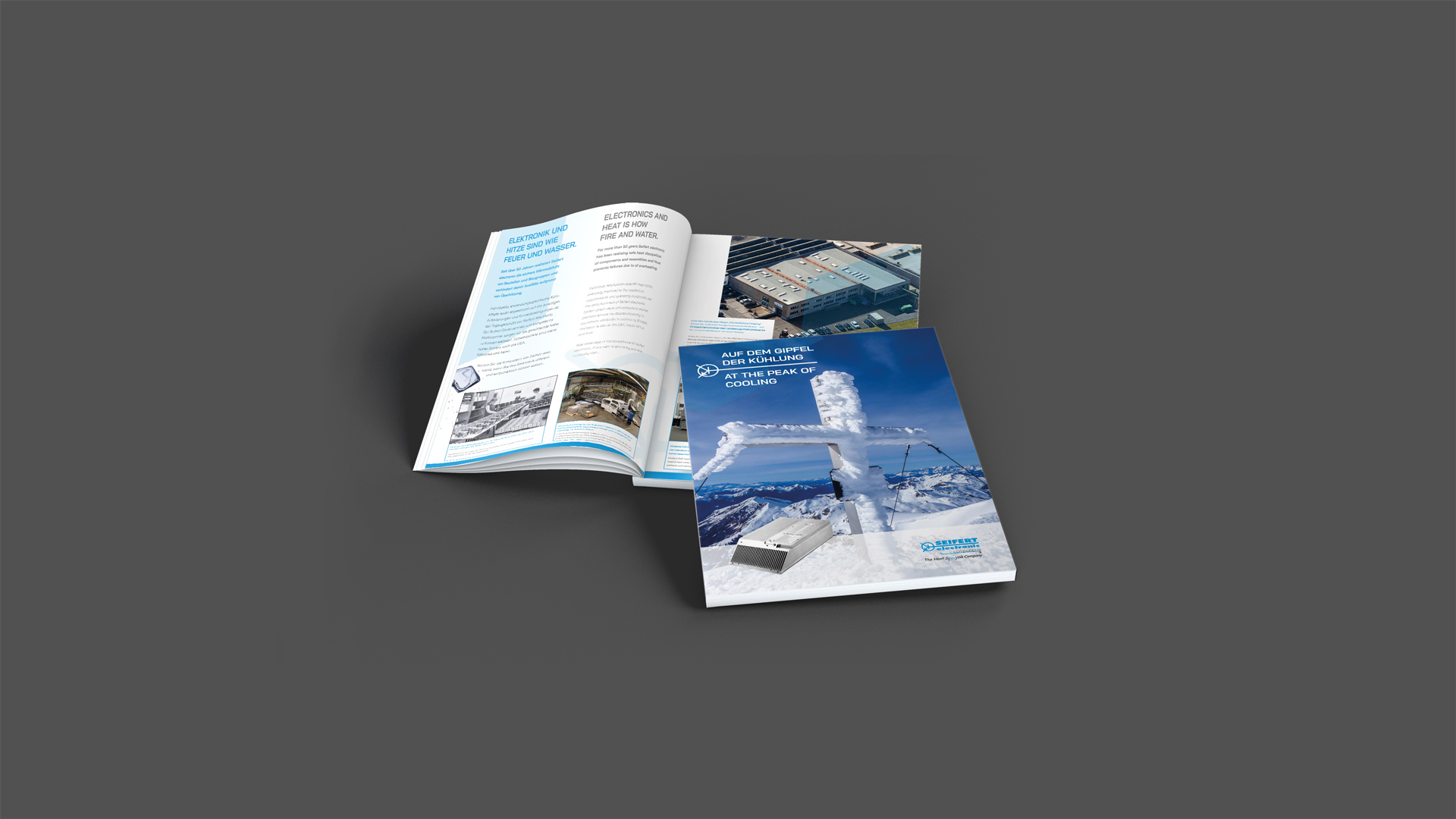ALUMINUM
Heat treatment of aluminum alloy (June 25, 2018)
Information on the hardening process (artificial ageing) for heat sink alloys EN AW-6060 and 6063.
Find out more
Aluminum - health and the environment (December 12, 2017)
Aluminum is a widespread metallic element that accounts for around 8% of the earth’s crust. Aluminum is not naturally found in metallic form but as a compound.
Find out more
Transport and storage of heat sinks (July 4, 2017)
The list of possible damages that can occur during transportation and storage of the heat sinks is long. It is therefore important to observe a few basic points when transporting and storing aluminum heat sinks.
Find out more
Raw materials for aluminum heat sinks (September 7, 2016)
Bauxite, the raw material for aluminum. Find out more about deposits, mining, use and aluminum recycling.
Find out more
Aluminum alloys for cooling profiles (July 25, 2016)
Different alloys are used for aluminum heat sinks in the area of extruded profiles and stamping-and-bending parts.
Find out more
EXTRUDED PROFILES
Friction stir welding of cooling profiles (June 4, 2019)
Friction stir welding (FSW) is a suitable method for manufacturing large heat sinks from existing extruded profiles, where the connection is made by plasticizing the aluminum.
Find out more
Finned heat sinks - powerful and variable (November 22, 2017)
These heat sinks are mainly used for forced cooling (with fan operation). Thanks to their large surface area, they are able to dissipate larger amounts of heat than conventional one-piece cooling profiles.
Find out more
High-performance heat sinks - development of cooling profiles (August 21, 2017)
Developments in the area of fin spacing and fin ratio as well as problem areas in the manufacture of extreme coolers.
Find out more
Extrusion of cooling profiles (December 8, 2016)
Differences in extrusion dies for solid and hollow profiles and information on the process of extruding aluminum profiles.
Find out more
Design of cooling profiles (July 25, 2016)
Design tips for the development of cooling profiles in terms of shapes, wall thicknesses, rounding and recesses.
Find out more
SURFACES
Partial anodizing of heat sinks (July 5, 2018)
In addition to the mechanical removal of anodized layers, partial anodizing by means of masking is also an option.
Find out more
Aluminum corrosion and surface treatments (May 30, 2017)
About the different types of corrosion in aluminum and possible surface treatments to protect against it.
Find out more
Straightness, flatness and roughness of cooling profiles (October 24, 2016)
Unmachined and machined mounting surfaces of heat sink profiles and their tolerancing.
Find out more
Anodizing heat sinks (July 25, 2016)
Information about the anodizing process for heat sinks and about defects and contact points during anodization.
Find out more
HEAT MANAGEMENT
Component fastening on heat sink (September 4, 2017)
Information on threads, threaded inserts, screw channels, press nuts and bolts.
Find out more
Thermal resistance of cooling profiles (February 9, 2017)
Every heat sink has a thermal resistance that depends on various factors such as material, size, surface quality, convection type, etc.
Find out more
Fundamentals of heat transfer (June 30, 2016)
Heat transfer as directed energy transport in heat sinks. Information on heat conduction, heat radiation, convection and heat transfer.
Find out more
STANDARDS
Dimensioning of heat sink drawings (September 18, 2017)
Information on handling machining and extrusion dimensions and dimensioning using position tolerances in heat sink drawings.
Find out more
RoHS and REACH (April 5, 2017)
Provisions and regulations of the RoHS directives and the REACH regulation for heat sinks.
Find out more
Profile standards for heat sinks (July 25, 2016)
The standards EN 12020-2, EN 755-9 and the predecessor standards DIN 17615-3 and DIN 1748 apply to the tolerances on dimensions and form for heat sink profiles. Information on classification and a comparison.
Find out more

